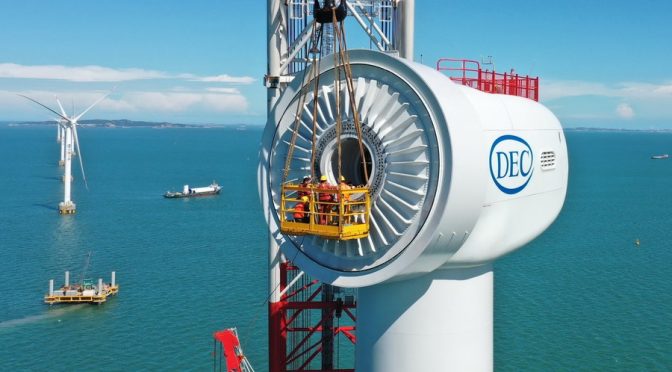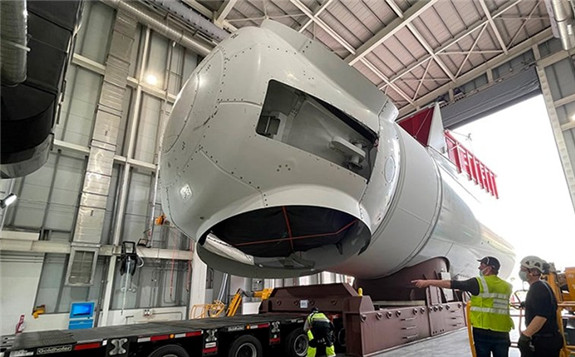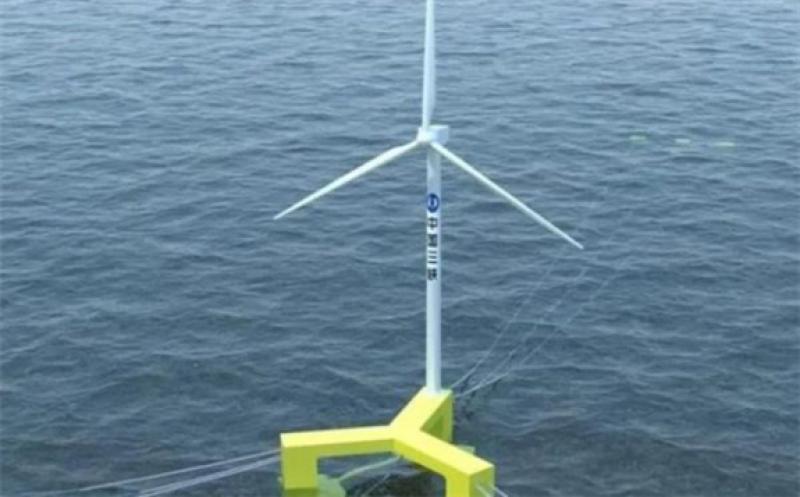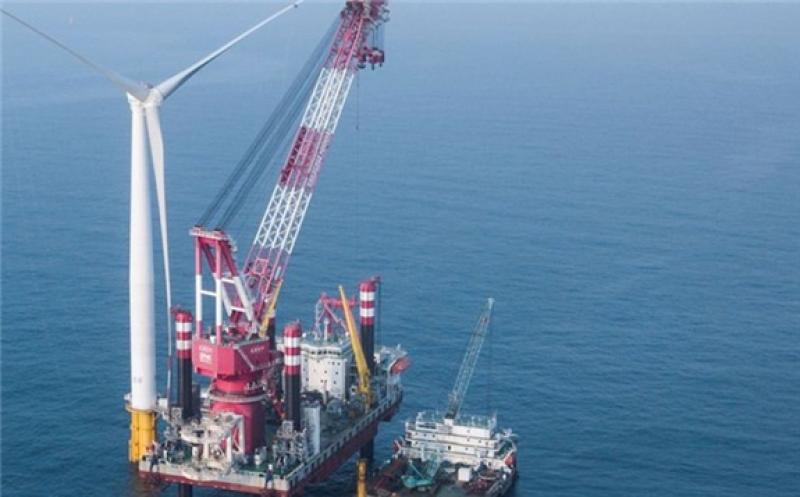
Large underground salt deposits could also be beneficial for CO2 storage and geothermal.
Researchers at The University of Texas at Austin’s Bureau of Economic Geology have found that large underground salt deposits could be used for hydrogen storage, influence carbon dioxide storage, and conduct heat to geothermal plants.
The study also revealed that salt could play a key role in clean energy transition.
Oliver Duffy, the study’s lead author, explained in a media statement that salt plays an influential role in regard to shaping the planet’s subsurface layers. Geological forces easily squeeze salt into complex and massive deposits. Some of these subsurface salt structures can be taller than Mount Everest, Duffy says. These structures, and the geology that surrounds them, provide a variety of opportunities to manage emissions and develop energy.
Salt domes have been used by oil refineries and the petrochemical industry to contain hydrogen. The study also found that these salt formations could be put to use as hydrogen storage holding pens for H2 that is destined for energy production. Additionally, the porous rock that surrounds these structures could be utilized to permanently store CO2 emissions.

“Ultimately, a deeper understanding of how salt behaves will help us optimize design, reduce risk, and improve the efficiency of a range of energy transition technologies,” said Duffy.
The Texas Gulf Coast is well suited for combined hydrogen production and hydrogen storage.
The researchers’ paper describes the potential benefits of co-locating blue hydrogen (hydrogen produce from natural gas) and CO2 storage. While the produced H2 is sent to salt caverns, the carbon dioxide emissions generated from blue hydrogen production could be permanently stored in the surrounding rock, preventing these emissions from ever entering the atmosphere.
According to the researchers, the Texas Gulf Coast is a prime location for this type of combined production and storage, due to its numerous salt domes surrounded by porous sedimentary rock.
“The co-location of surface infrastructure, renewable energy potential, favourable subsurface conditions and proximity to markets are key to plan for subsurface hydrogen storage,” said Lorena Moscardelli, study co-author and director of the bureau’s State of Texas Advanced Resource Recovery (STARR) program.
“STARR is currently engaged with emerging energy opportunities in West Texas that involve hydrogen and carbon capture, utilization and storage potential for the region.”





